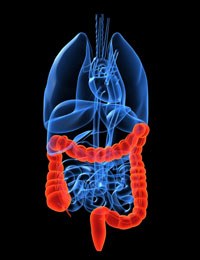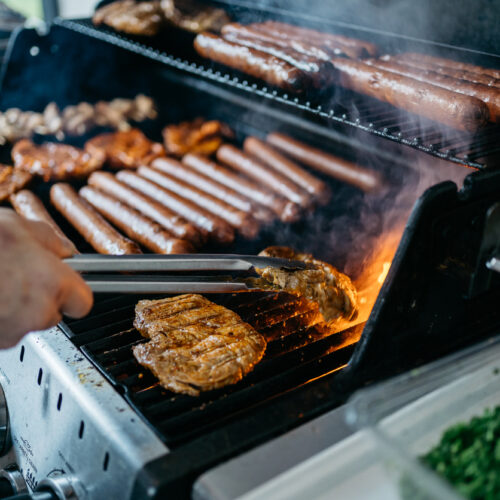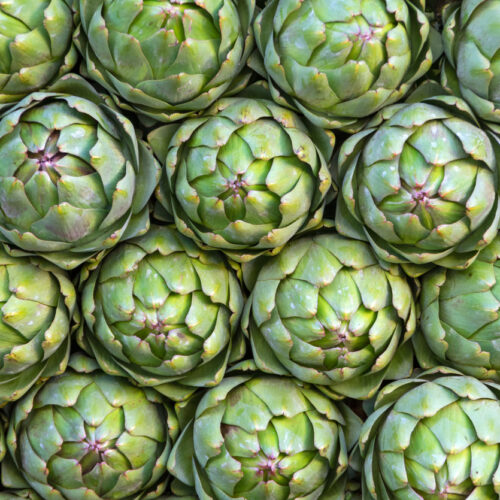
The digestive tract carries out a pretty amazing function – complex mixtures of foods go in at one end, these are broken down and assimilated by the body, and leftover waste is excreted at the other end.
The process of digestion actually begins in the mouth, where our teeth and tongue mechanically grind the food, and enzymes in saliva help to chemically break it down.
Once swallowed, food travels down a tube called the oesophagus, propelled along by powerful rhythmical muscular contractions (peristalsis).
It then enters the stomach, where it is mixed with a cocktail of gastric juices that contain enzymes and acid. The acid kills bacteria, and helps the enzymes to break down the food.
The slushy semi-digested food then passes into the small intestine, where it is broken down into nutrients small enough to be absorbed into the body. Absorption takes place along the inner surface of the small intestine. This is covered with tiny finger-like protrusions called 'villi', which serve to increase the surface area across which the nutrients can be absorbed.
Undigested food then passes into the large intestine (colon), where it is fermented by billions of 'friendly' bacteria. The remaining material is waste, and is excreted from the body as faeces.
Eating the right foods can help to keep the digestive system in good working order and can help to sort out any basic digestive disorders.
For more serious problems, however, it is important to consult with a doctor, who will advise on appropriate medication and treatment, and with a registered dietitian, who will give individually tailored dietary information, geared to meeting your own personal needs.
www.healthyfood.com










